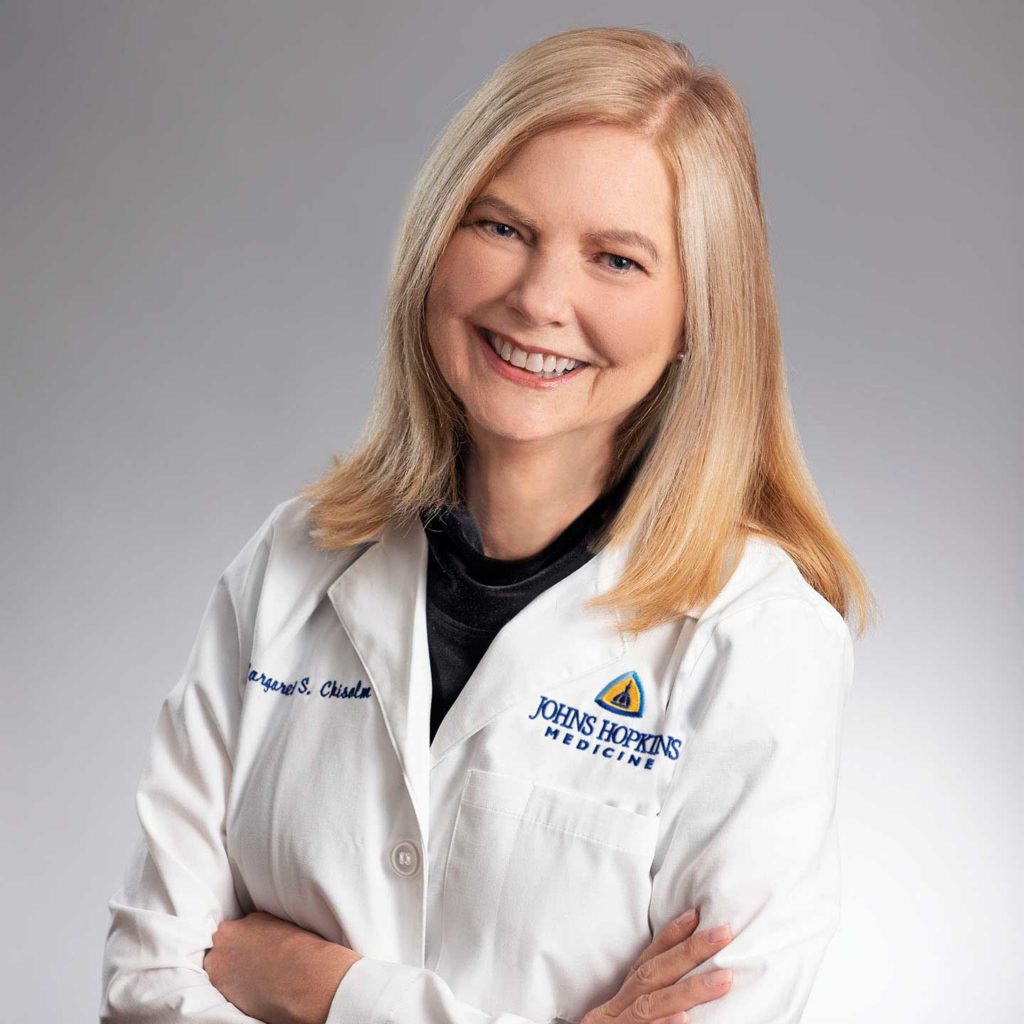Takeaway
Digital technology can be leveraged for the greater good of clinically excellent patient care. Social media tools like Twitter enable you to connect with healthcare stakeholders from around the world.

Lifelong Learning in Clinical Excellence | June 26, 2018 | 1 min read
By Margaret Chisolm, MD, Johns Hopkins Medicine
We’ve all experienced the intrusion of digital technology into our personal and professional lives, and know how transformative this is to both realms of our lives. Plenty has been written, and even more spoken (often in cursing tones), about the downside of digital technology, especially with regard to the electronic health record’s potential to come between the patient and clinician. For nearly a decade, I have instead chosen to focus on we can harness digital technology—especially social media—to become more clinically excellent each day.
Consider Twitter. With 313 million active users and 40+ languages supported, I have —and you can—use Twitter to connect with [other clinicians’] patients and/or family members of patients, improve clinical reasoning skills, fuel passion in the medical profession, and support lifelong learning in clinical excellence.
Digital technology, including social media tools like Twitter, enable you to connect with healthcare stakeholders from around the world, including the lay public. About 80% of US adult internet users seek health information online. In the 21st century, it is essential for clinicians to be part of these digital conversations. In my case, I use Twitter to educate the public about mental illness and to end discrimination against individuals with psychiatric conditions, including addiction.
Twitter also plays host to a growing number of academic health centers and health care professionals around the world. Prestigious academic organizations such as The National Academy of Medicine, the Association of American Medical Colleges, and the American Medical Association all have an active presence on Twitter, with up to a half-million followers. In 2014, US healthcare professionals made up 31% of the 75,000 healthcare professionals on Twitter. Thus, in addition to connecting with patients, families and advocacy groups, I have used Twitter to engage with professional organizations, scientific journals, colleagues, mentors, and learners. Surprising as it may seem, the use of Twitter has sharpened my clinical reasoning and practice skills. I have taken advantage of the opportunities it has created for immediate conversations with global clinical leaders. These and other connections forged online not only help me stay up-to-date in my field, but reinforce my passion for clinical practice.
To be sure, I find digital technology to be a distraction, just like everyone else. But I also see how it can be leveraged for the greater good of clinically excellent patient care.

